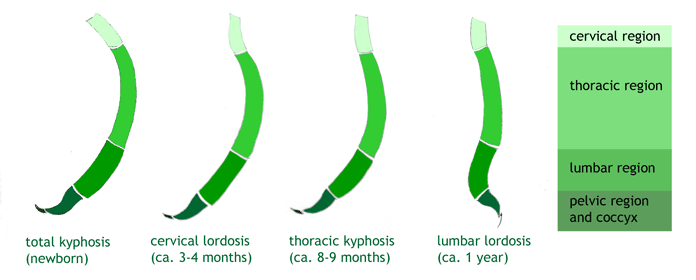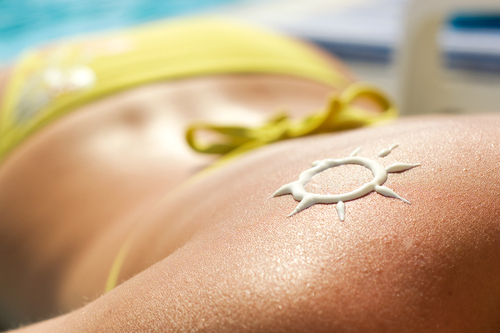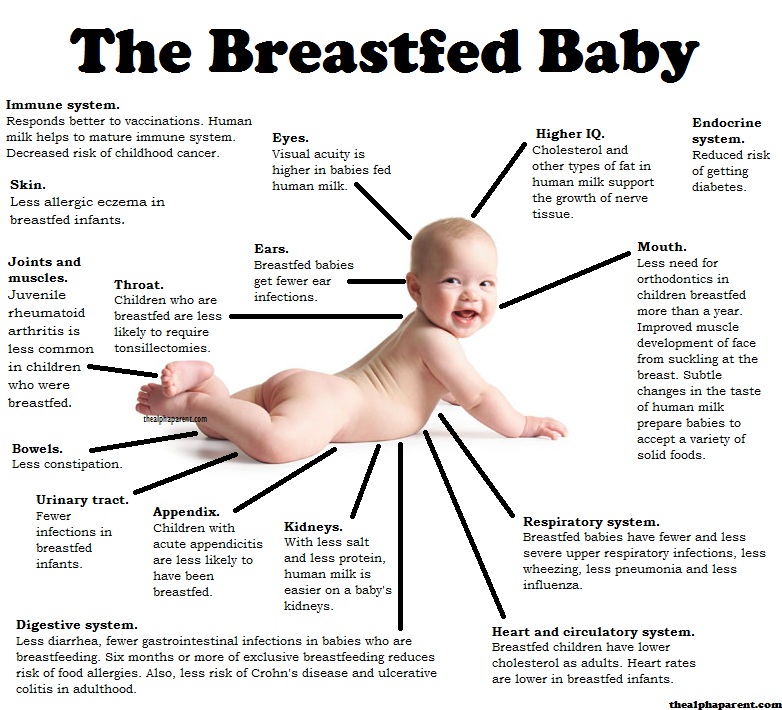
With children across America gearing up to begin the school year, what better time to explore some ideas to help ensure your child starts the school year healthy and happy. The following are 3 Ways to Start the School Year Healthy:
1. Backpack Safety 101
When people think Chiropractic and back to school, the first thing that usually comes up is backpacks. Here’s what you need to know – most backpack problems occur from excessive weight, inappropriate fit, and incorrect wearing of the pack. Your child should carry no more than 10-15% of their body weight in their school bags. When a heavy weight (such as a book-stuffed backpack) is incorrectly placed on the shoulders, the weight’s force can pull a child backwards. To compensate a child may bend forward at the hips or arch the back which can cause the spine to compress unnaturally.
If your child uses the traditional backpack – urge them to wear both straps (Here’s what to look for when picking a backpack: two wide, padded shoulder straps / padded back / waist belt / multiple compartments). Although it’s worth noting that messenger bags or purses – despite potential problems – are usually the better choice for children. When used correctly, the strongest muscles in the body, the back and abdominal muscles, support the weight of the packs. If not too heavy and if they are used correctly the weight is then evenly distributed across the body. Continue reading “Back to School Health Essentials”






